If you enjoy eating fresh produce from your garden, you are likely used to harvesting your favorite fruits and vegetables during the spring, summer, and fall. But were you aware that there are many vegetables that will offer you a harvest during the coldest months of the year?
Winter vegetables are capable of surviving in extremely cold temperatures and will give you something healthy to use in the kitchen during a time of year when most other plants are dormant. What makes these vegetables even more impressive is that many can grow well in pots and other garden containers as well.
In this article, we’ll introduce you to the 20 best winter vegetables to grow in pots. Read on to find which of these vegetables are right for your winter garden.
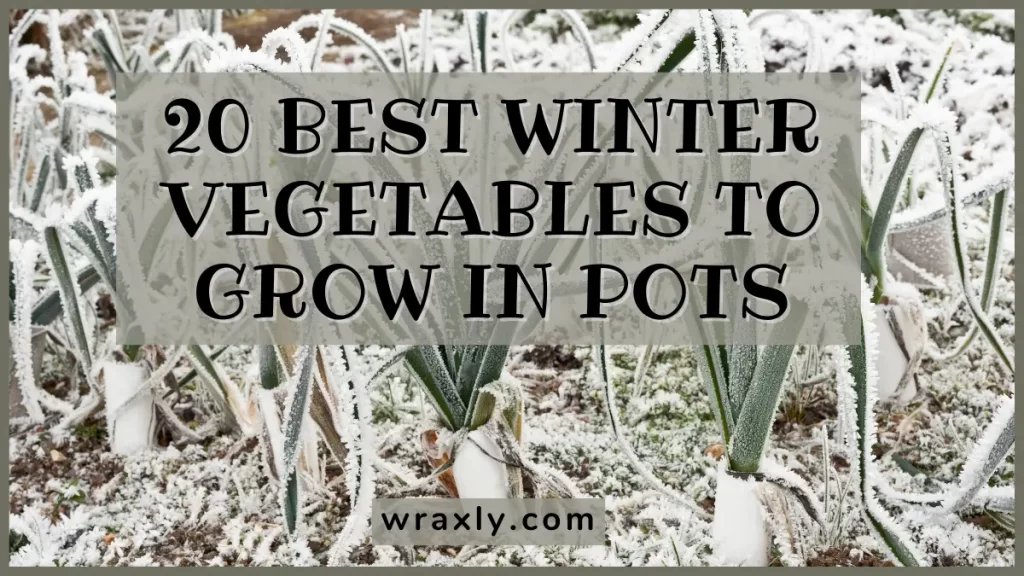
Best Winter Vegetables to Grow in Pots
Beets
Gardeners typically harvest beetroots during the late fall or early spring. However, it is not uncommon for those harvest periods to extend into the winter months as well. Beet plants can usually live on through temperatures that reach as low as 25 degrees Fahrenheit or until just before the ground has frozen. If temperatures remain above that level, you should have no issue harvesting your beet plants during winter.
Broccoli
Broccoli is a vegetable that most people are well familiar with eating, but many people don’t know that broccoli can also survive frosts and offer a harvest during the winter. As was true for beets, broccoli will survive if the temperature does not remain consistently below 25 degrees Fahrenheit. Along with that requirement, your broccoli plants should live in nutrient-rich soil where there is full sun exposure.
Broccoli Rabe
Broccoli rabe may not be as popular as the standard broccoli plant that most people know well, but it is an excellent option for those who want fresh green produce during the winter. Try planting your broccoli rabe during the late summer to enjoy a harvest during the early winter. Alternatively, you can start your broccoli rabe plants during the late winter, with the chance to eat them in the late spring or summer.
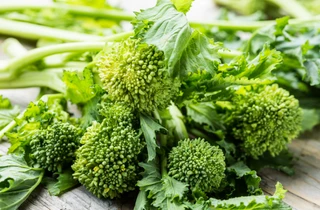
Brussels Sprouts
An individual brussels sprout plant is small enough to fit neatly in a container and will give you plenty of brussels sprouts for you to eat. These plants also have a late harvest time compared to most garden vegetables which can take place after the first frost of the winter season. In fact, as is the case with a few of the vegetables on our list, brussels sprouts often taste better after a bit of frost exposure.
Cabbage
The shallow roots of cabbage are perfect for container gardening. Cabbages also prove to be an excellent vegetable to harvest during the early winter. But while cabbages can be available for winter harvest, you should not wait too long, as prolonged cold exposure can cause a cabbage to split open. Harvest before that occurs, and you get to eat one of the world’s healthiest vegetables and makes it one of the best winter vegetables to grow in pots.
Carrots
If you want to grow winter vegetables in pots, then carrots should be at the top of your list of options. For a winter harvest, plant your carrots in the late summer, allowing for about a 60-day growth period before the frost arrives. You can leave your mature carrots in the ground during winter, but you should be sure to harvest them before the early spring when the plant flowers, as flowering will make your carrots inedible.
Cauliflower
It’s most common to harvest cauliflower during the fall. However, there are some cauliflower varieties that can survive through mild winters. These varieties will remain healthy when the temperature is above 20 degrees Fahrenheit and should be planted during the summer if you want to have a winter harvest.
Celery
Celery is an easy-to-grow plant that remains small enough to live in a container throughout its entire life cycle. For those who live in warmer regions, including the southern portion of the United States, celery is also an excellent winter vegetable. If you start with transplants, it will take about 120 days for your celery plant to reach a mature, harvestable stage.
Collard Greens
Collard greens may be one of the most cold-hardy vegetable plants that you can grow. Even when you see snow on the ground, your collard green plants will have a great chance of living on through the harsh temperatures. Extreme frosts may kill your collard greens. However, these plants have been known to survive through the winter in areas as far north as hardiness zone 6, which makes them one of our top winter vegetables to grow in pots.
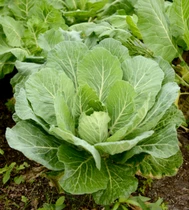
Kale
The cold hardiness and overall resilience of kale make it not only an excellent vegetable to grow year-round but also one of the most reliable winter vegetables. In most instances, kale plants will thrive through winter without any cold protection. Even when heavy frost is present, kale will live on and provide you with a healthy dose of leafy greens to add to any dish you like.
Recommended Winter Vegetable Seeds
Kohlrabi
It’s true that kohlrabi will grow best with temperatures that remain above 40 degrees Fahrenheit and will do even better if the temperature stays above 60 degrees. However, this root vegetable is also able to withstand some light frosts from time to time. Plant your kohlrabi in a quality garden container about one month before the first frost, and you’ll have a harvest-ready in about 60 days.
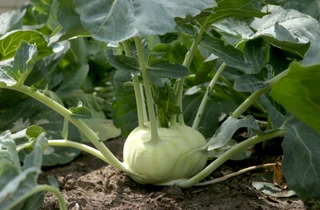
Leeks
If you start with seeds, your leeks will take most of the year to develop into a harvestable plant. Sow your seeds in the spring, and by the time the fall arrives, a harvest will be on its way. At times, this harvest can last through most of the winter too. At times, it helps to mound soil and mulch around the base of your leeks as this will make them better able to withstand the cold temperatures.
Parsley
Parsley is a fantastic herb to add to your winter vegetable container garden. These plants tolerate temperatures as low as ten degrees Fahrenheit, and their small size will allow you to grow as much as you want if you have a large container. As is true for leeks, mounding a bit of soil around your parsley will make the plant that much more capable of surviving while frost is present.
Parsnips
Parsnips will develop the best flavor when they can grow where the weather is consistently cool. A temperature range of 45 to 65 degrees Fahrenheit is ideal, but these plants are also capable of growing in freezing temperatures too. Ideally, you should harvest your parsnips before any hard freezes, but exposing your plants to some light frosts at the start of winter is not a detriment at all.
Radishes
Radishes have a typical harvest time in November and show a respectable cold tolerance. This plant will be just fine after a few mild frosts. Interestingly, even when this plant experiences damage from heavy frosts, it will often re-sprout later when the weather is warmer once again. Radishes are also a great option for pots and take only a few weeks to reach harvest.
Rutabagas
Whether the winter brings heavy frost or freezing temperatures, there is a good chance that your rutabaga plants will survive. If you choose to use a container for your rutabagas, be sure to select one that is wide to accommodate this plant’s root system. With enough space to expand, a rutabaga will develop an edible root that you can incorporate into many different dishes.
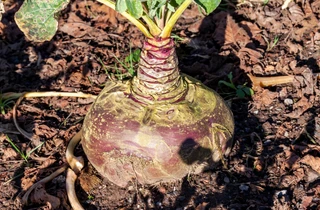
Shallots
Shallots look and taste a lot like onions and belong to the same family. With so many similarities between these two vegetables, you won’t be surprised to learn that you can use them similarly in the kitchen. Shallots are also small enough that you can fit several in a single container. If you live in a mild climate, you’ll have no problem growing shallots through the entire winter.
Squash
There are multiple types of squash that you can grow in your garden, and many of them are named for the season in which they are present. For instance, there are several winter squash varieties that you can harvest in the fall and winter. When these plants are ready for harvest, they’ll have a deep color and a hard outer rind. These plants are also small enough to live in container settings as well.
Swiss Chard
The health benefits of Swiss chard are incredible, but so is the adaptability of this plant. Amazingly, Swiss chard can survive in some relatively hot temperatures and withstand frosts as well. As long as the weather remains above 15 degrees Fahrenheit, Swiss chard will remain healthy and productive whether growing in the ground or in a pot. In late winter and early spring, you can begin harvesting the leaves of this admirable plant.
Turnip
One of the reasons that turnips have become so widespread throughout the world is that they can grow in many climates, including those with mildly cold winters. A turnip is a root vegetable that is quick growing, often taking just ten weeks to mature from seed. Give your turnip plants plenty of soil moisture and sunlight, and they will reward you with a harvest during the fall and winter months.
FAQs about Growing Winter Vegetables in Pots
More and more gardeners are exploring their options for keeping their garden going over winter. Here are answers to some of their most frequently asked questions about growing winter vegetables in pots.
The best time to plant your winter garden will depend on the specific vegetables you’re planning to grow. Some, like kale and cabbage, can be planted as early as late summer. Others, like carrots and beets, do better if they’re planted in early fall. Check the seed packet of your preferred vegetable for a recommended planting time.
Potatoes are a winter vegetable that can be planted as late as early winter, though your results may vary. Crops that are planted later in the season may not have enough time to mature before the first frost hits. And those that do mature may produce smaller yields than if they’d been planted earlier.
You can grow tomatoes year-round, both indoors and out. However, they may not produce as bountifully in winter as they do in summer. If you want to give it a try, look for varieties that are bred to withstand cooler temperatures, like ‘Siberian’ or ‘Arctic’ tomatoes.
For Further Reading
- Pumpkin Harvest Revealed: Estimating Yield from a Single Plant
- Why is My Zucchini Turning Yellow?
- Growing Watermelon in Grow Bags
Recommended Cool Temperature Tomatoes
What are Some Tips for Planning a Winter Garden?
- Pay closer attention to watering, as cold weather can cause the soil to dry out more quickly.
- Plant your garden near a windbreak. Use the south-facing wall of your home or garage.
- Be prepared to provide some kind of protection from extreme temperatures, like frost or freezing rain. This can be as simple as covering your plants with a sheet or tarp when bad weather is forecasted.
- Consider planting in containers so you can move them around as needed to protect them from frost or extreme temperatures.
- If using containers, line them up in front of a south-facing wall. The wall will reflect warmth onto your plants.
- Don’t fertilize plants in the winter. Plants are less hungry over winter. As long as you added compost to your winter garden before planting, you shouldn’t need to add any more fertilizer.
Final Thoughts on Growing Winter Vegetables in Pots
Some are surprised to find that there are many vegetables that you can grow in pots and harvest in winter. However, as our list proves, such vegetables are more common than you might have expected. Next time you are looking for a winter vegetable to grow in a pot, be sure to review our list, and one of the 20 options we’ve presented is sure to meet your needs.

John Haryasz is a freelance writer and landscape designer. In the field of landscape architecture, he has contributed to many successful design projects throughout the country. As a writer, John specializes in creating captivating and informative web content. Through that work, he aims to share his design knowledge and promote engagement with the outdoor world.
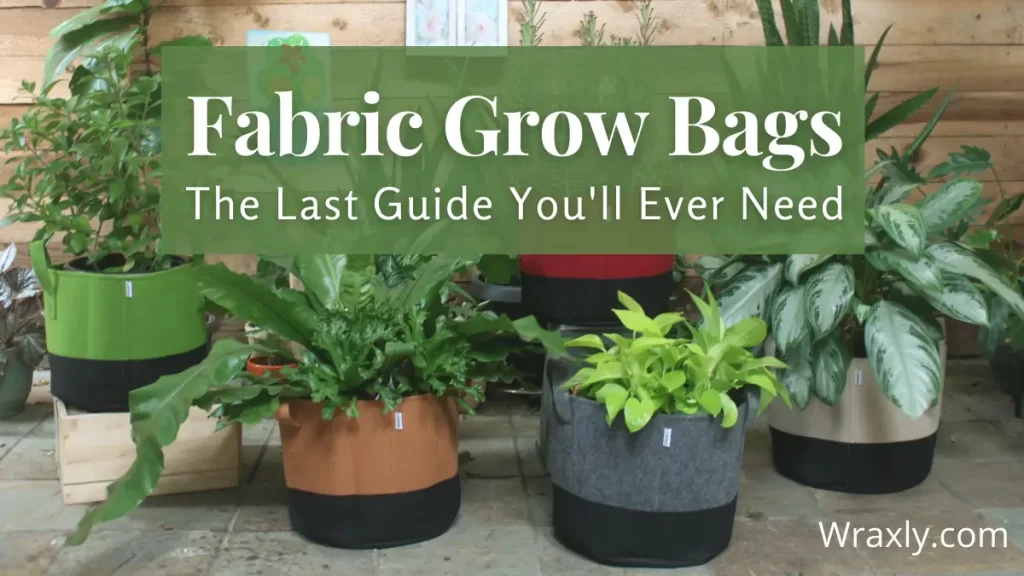

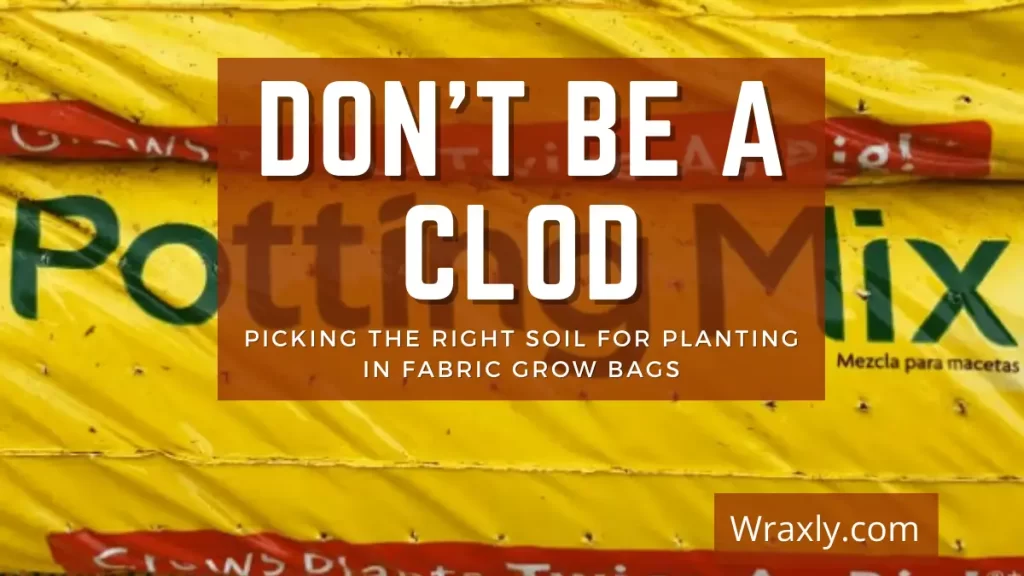
![Container gardening for beginners [Buying guide]](https://wraxly.com/wp-content/uploads/2021/02/Container-gardening-for-beginners-Buying-guide-1200-1024x576.webp)